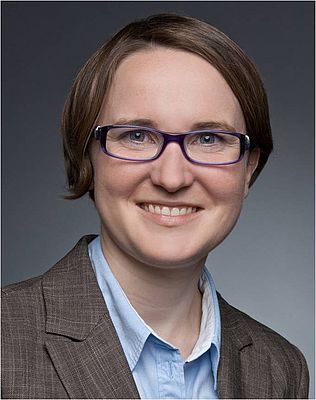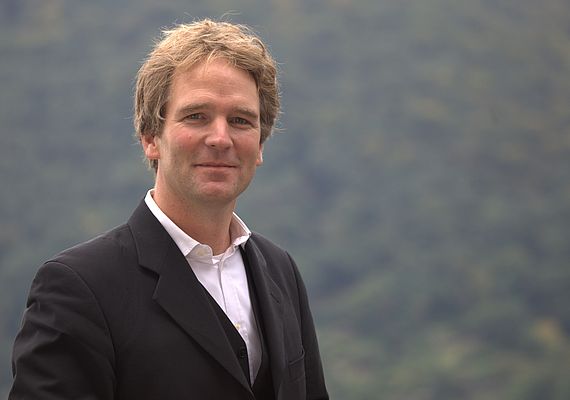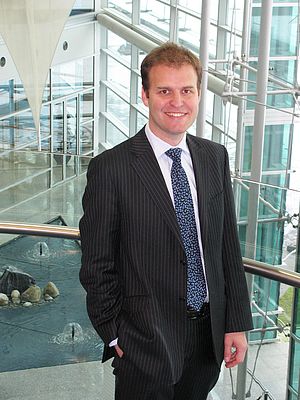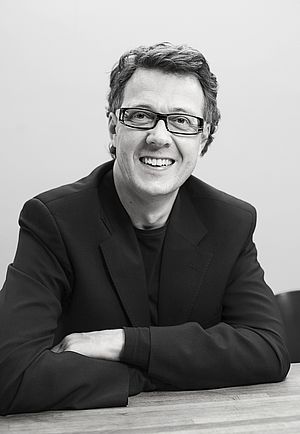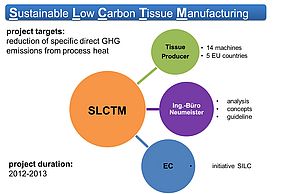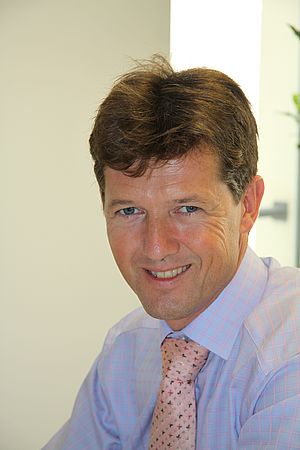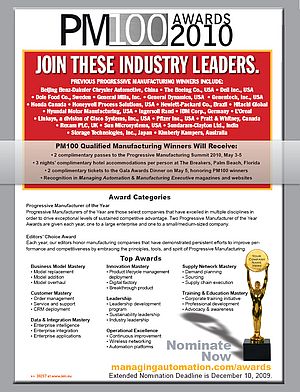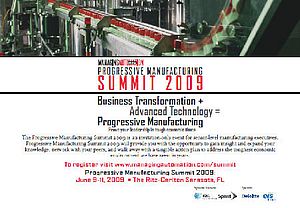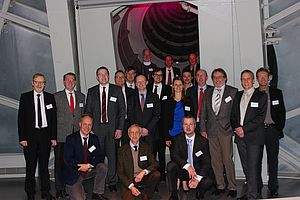There is a German saying that if it does not cost, it isn’t much good. Maybe prejudices like these are the reason that have so far prevented the systematic accounting and using of waste heat from produc-tion processes. Waste heat is the heat that escapes a system, with exception of the heat that is pro-duced for the systems purpose. Sources for waste heat can be single machines or whole systems that release waste heat into the environment. These not only include furnaces, waste water from washing, drying or cooling processes, but also refrigeration systems, motors or the exhaust air from production halls.
In most sectors the recoverable waste heat potential is 3-10%. However, some very energy intensive sectors like metal production and processing of stone and earth have a large waste heat share of ap-proximately 30 and 40% respectively. In Germany on average approximately 12% of the industrial final energy demand can be recovered above 140° and an additional 6% between 60-140°C. These num-bers are based on literature research, best practice examples and expert workshops.
With this waste heat low temperature process heat demand can be fulfilled, electricity generated, cold produced or rooms heated. An internal use within the process or company is almost always the most efficient way of exploiting the waste heat potential. The optimal usage of the waste heat within the company or process can be identified through a pinch analysis.
The process heat demand of the production processes in different industries vary between 60 °C (cleaning processes) and to more than 1000 °C (products of basic industry such as iron and steel, cement, glass and ceramics. Low temperature heat is required by the consumer goods industry (textiles, pharmaceuticals, food) and the capital goods sector (vehicle and mechanical engi-neering, electrical engineering) for, among others, the washing and drying processes. In the food in-dustries cooling is required as well.
But which technologies can be used?
When internal usage of the waste heat is ruled out, there are three generally different ways to put the remaining waste heat to use: It can be converted to either electricity or cold or the heat can be used. This can be either directly at the current or lower temperature level or after an upgrading to a higher temperature level through a heat pump. Common heat use applications are process heat and room acclimatization. For electricity generation in the low temperature range Organic Rankine Cycles offer an interesting option for heat sources above 80°C. Waste heat sources above 50 to 60°C can be used as a driving force for absorption chillers that will provide cooling. So the options are manifold.
Despite these technological options there are technical as well as political obstacles preventing the waste heat usage. In order to use “conventional” and therefore cheaper heat recovery materials, it is often recommended to keep the flue gases above the dew point. It is also important to test how the extent of pollution limits the possible uses of the heat medium and to take into account that the geo-graphic distance between the heat source and sink may limit the potential uses. From an economic point of view, high expectations on the payback time might prevent the investment in a waste heat facility. In addition, profitable investments in technology to use waste heat are always in competition with other investments in the company. In Table 1, the main barriers are summaries and judged in their importance by experts
Another important decision factor for the feasibility of waste heat is the temporal distribution of its oc-currence over the day, week and year with a more continuous flow being more favorable for commer-cial use (compatibility between heat source and demand). To use the heat or cold at another time or place either a heating/cooling network or a (mobile) heat/cold storage can be used. Currently applied storage technologies range from latent heat storages in phase changing materials (PCM), thermo chemical storages like Zeolith storages or purely sensible heat storages like packed beds, thermo oil or water storages, as well as combinations of the different techniques (thermo oil packed bed storages e.g.). To overcome the information shortage waste heat platforms are starting to be build, for example in Bavaria, Thuringia, Saxon and the Netherlands.
Additionally, to tap the huge energy and cost saving potential of waste heat, we need further political instruments, including expanded information and training for facility operators and energy auditors; integration of waste heat in energy management systems; supporting municipal heat planning and financial investment schemes for waste heat infrastructures as well as further regulatory approaches, which facilitate heat planning and marketing in companies with waste heat.
Maybe these are some of the reasons why waste heat is until now so often neglected. But it is worth putting some effort into it: The waste heat is there, it is free and we just need to use it.
Martin Pehnt
A trained physicist, engineer and energy manager, Martin is scientific director of the Institute for Energy and Environmental Research, where he heads the Energy Department. He previously worked at the National Renewable Energy Laboratory (USA) and the German Aerospace Center (DLR). He now serves as an advisor for many national and international organisations, including German federal ministries, the Environmental Protection Agency, environmental NGOs, utilities, manufacturers, the World Bank, and the GIZ. His research is focused on technical, environmental and economic assess-ments of energy efficiency and renewable energy systems as well as national and international policy strategies to increase the dynamics of the energy transition. Pehnt teaches at various universities, including the University of Kassel and the University of Freiburg.
Sarah Brückner
Sarah did her master in mechanical engineering at the Polytechnical University ETH Zurich with a focus on renewable energy technologies. She had transferred there from RWTH Aachen University as an IDEA League scholar after a bachelor equivalent. She is currently working at the Institute for Energy and Environmental Research Heidelberg in an exergy analysis project and in the heat storage group at ZAE Bayern, the Bavarian Center for Applied Energy Research. In her PhD research she is focusing on the industrial waste heat potential in Germany.
Technologies to tap the industrial waste heat potential
By Sarah Brückner and Martin Pehnt
- by TIM Global Media BV
- November 19, 2013
- 1646 views


